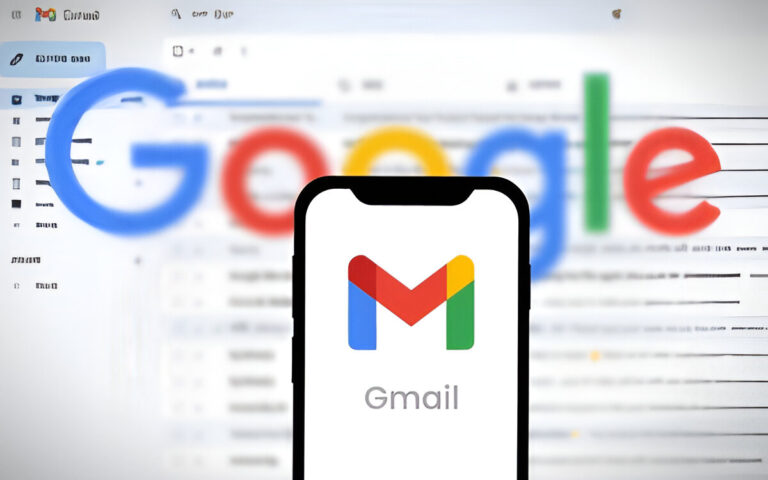New Year, New Gmail: However, when you need to expand your storage twofold over the 15GB of free email you are given, the following guidelines will come in handy.
The full Gmail inbox is a nightmare of the twenty-first century. With Gmail providing 15GB of free storage that is supported across all the Google services such as Drive, Photos, and Gmail, it is unexpectedly easy to fill that capacity. When your inbox is complete, you no longer receive new emails – a situation no person would wish for. But don’t worry. Here’s how you can organize your emails quickly and possibly make more storage space, which, when done, will look like you have doubled your storage capacity.
1. Cleans Large Emails in Bulk
First, concentrate on the e-mails: since there are likely many in RAM already, filtering them should have the most significant impact on freeing space. Gmail has a simple search trick to locate large emails:
1. In the search bar, type “size.” We can write a regular expression like “10m” on top of emails to search for those with a size of more than 10MB.
2. After that, go through the results; if there are some emails you no longer need, remove them.
3. Remember to clear the trash on your Mac to free up space.
Pro tip: Append the size number (in meters; for instance, 20m or 50m) to discover even larger space occupying messages like those containing huge attachments.
2. Filter and Delete Old Promotional Emails
Newsletters and social updates are all too easy to produce or gather, and promotional materials accumulate quickly. Use Gmail’s filters to target and delete them in one sweep:
- Type “category: input the words “promotions” in the search bar.
- Choose all mail, check, and clear all unnecessary messages.
- Finally, repeat the same with other categories such as social and updates.
- This general trick alone can help to reduce space and make your inbox much less congested.
3. Use Google One for a Storage Breakdown
When uncertain about what is taking up space in your device, Google One provides a breakdown analysis of storage usage. Go to one.google.com/storage to learn where most of the storage is located.
From here, you can view and sort through files in Gmail, Google Drive and Google Photos to decide what to delete.
4. Save Attachments and Delete Emails
Do not let these attachments clutter your Gmail; download them to your device or, better still, upload them to some cloud space.
1. Search for emails with attachments by typing “has”: Based on the above account, we type “secure attachment” in the search bar.
2. Check and download completed documents and other relevant papers.
3. If you no longer require an email, move it to the Trash and delete its contents.
5. Turn to Free Alternatives or Upgrade Your Storage
If you’ve done all the cleaning you can and still need more space, it may be time to consider upgrading or using alternatives:
- Upgrade to Google One: Existing packages cost $1.99 monthly for 100GB of space. This is one of the best solutions if you’d like to store all your data on Google services.
- Move to Another Email Provider: If you are not against multiple accounts, Yahoo Mail and ProtonMail provide free rich storage plans.
- Back-Up Locally: Traditionally, find a way to export and save older emails to keep your Gmail inbox free and minimalist.
How to free up Space on an Inbox
A person cannot receive new messages when their inbox is full, making the account compromise frequent essential messages. Maintenance ensures that your Gmail account is operational without being interfered with in the future by issues; for example, a slow account encourages the user to keep changing their passwords.
If you follow these tips, you will gain a lot of space and enjoy using your Gmail account. Ensure your new year is free from stress and clutter in your email.

